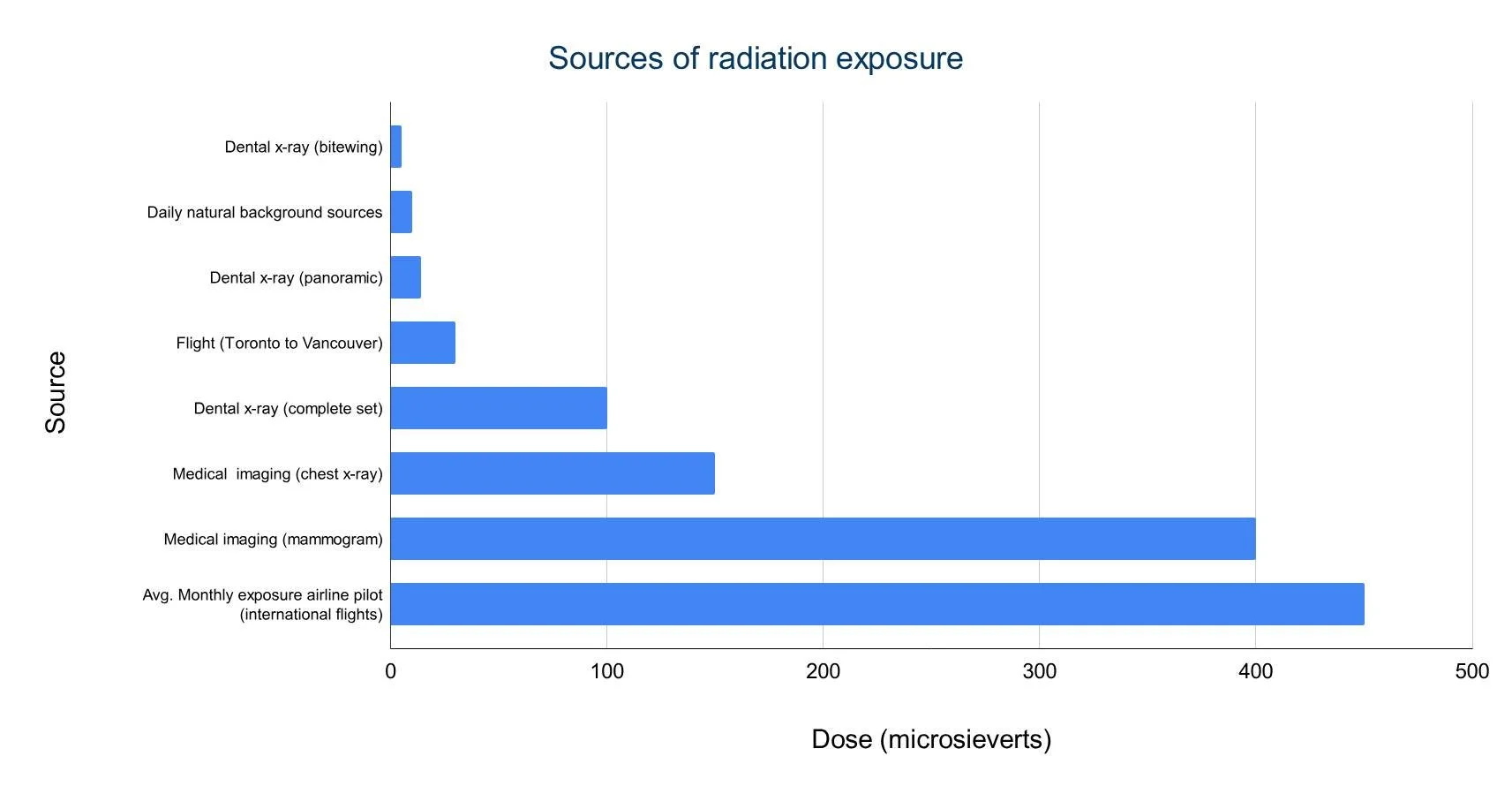FAQ
How do I maintain optimal oral hygiene?
How much radiation are in dental x-rays? Are they safe?
Do I need antibiotics before my appointment?
What can happen if brush my teeth too hard?
Do I grind my teeth?
Are silver fillings safe? Do I need to get them removed?
Is fluoride safe? Why do I need it?
I have no pain. Why do I need to get this work done? Can it wait?
How much radiation are in dental x-rays? Are they safe?
While very little radiation is involved when taking dental x-rays, our office strongly adheres to the principal of “ALARA” - an acronym for As Low As Reasonably Achievable - a guiding principal in radiation safety. Thus, recommendations for taking dental-xrays are made on an individual basis depending on a patient’s risk.
While patients can refuse dental x-rays, they must weigh the low risk of radiation exposure to the risk of missed dental findings, which could prevent the accurate and timely diagnosis of disease such as tooth decay (cavities) and gum disease. Be mindful that these issues can often present without symptoms early on.
As the amount of radiation in dental x-rays is very low as is the risk to one’s health, x-rays are a very useful screening tool that can often catch problems in early stages. Often, this will prevent more complex, time-consuming and expensive treatment.
See the below image for better context and to more rationally perceive the risk of dental x-rays.
A set of “Bitewing” x-rays (2-4 images to check in between back teeth for potential cavities or other problems, commonly done during a cleaning and check-up appointment) results in the same amount of radiation exposure a person might be expected to receive in a normal 24 hour period (due to environmental, background radiation) or a short, two-hour plane ride (there is more natural radiation exposure in the atmosphere).
A full set of x-rays to check all the teeth and different angles (12-18 images), which may be prescribed for new patients where more information needs to be collected, is equivalent to one or two days of background radiation or a longer trans-oceanic flight.
What is dental fluoride? Is it safe?
Fluoride is a natural element found in everyone. If supplemented and ingested in low doses, it can be safe and have therapeutic effects. At excessively high doses, it can be toxic.
Fluoride administered appropriately can greatly diminish cavity risk. It does so by bonding to your enamel, forming a new mineral called fluorapatite. This mineral is almost 10x more resistant to acidic breakdown than normal enamel, and consequently more resistant to dental decay and dental erosion. Fluoride can affect teeth if consumed in fluoridated drinking water, applied through fluoridated tooth paste, or applied at dental offices in a varnish or rinse form.
Communities with fluoridated municipal water supply has been shown to decrease cavity rates by approximately 25%. Studies have shown that combined fluoride sources (eg. water supply, toothpaste, dental office treatments) can reduce cavity risk by 50-70%, with higher risk patients benefiting the most.
Content pending.

